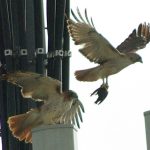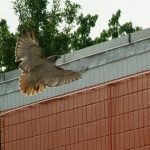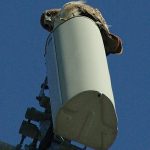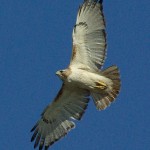May 30, 2012
This observation is the continuation of a previous post. The previous article can be found here: Red-tailed Hawk – Nest Update 5
It took me three tries to get the photographs I wanted from this nest site today. On my first attempt early in the morning the sky was dark and storms were threatening. When rain started falling I decided to try again on my lunch break.
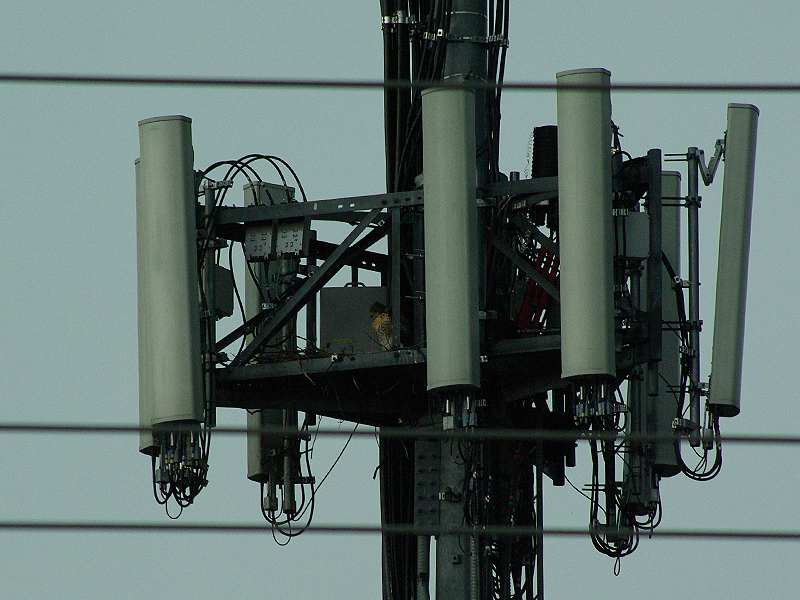
Things were not much better at noon. A light rain was falling and it was still overcast. I managed a couple of pictures of the juvenile hawk (who was alone at the time), and then a few more pictures when the adult female arrived. The light conditions were poor, and because of this, so were the photographs.


I tried one more time one the way home from work. This session was much more productive. I found the young Red-tailed Hawk in a new place on this visit. The hawk’s nest is located on the south facing corner of the triangular platform, but the eyas had moved to the northeast corner at some time during the day.

This young hawk is maturing rapidly. It won’t be long now before he is ready to leave the nest. This minor expedition to the opposite corner of the antenna platform is a small way for the young bird to begin to assert his independence.
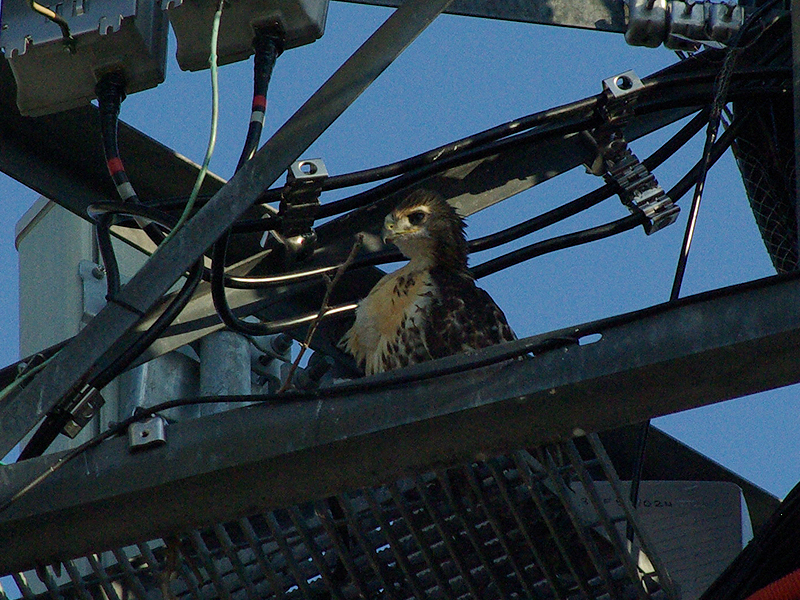

The moon was rising behind the cellphone tower when I began taking pictures of the juvenile this late afternoon. I was pleased to discover this added compositional element and hoped to include it in some of my pictures. My plan was to wait for the adult hawks to return, and then try to get pictures of them with the moon in the background.
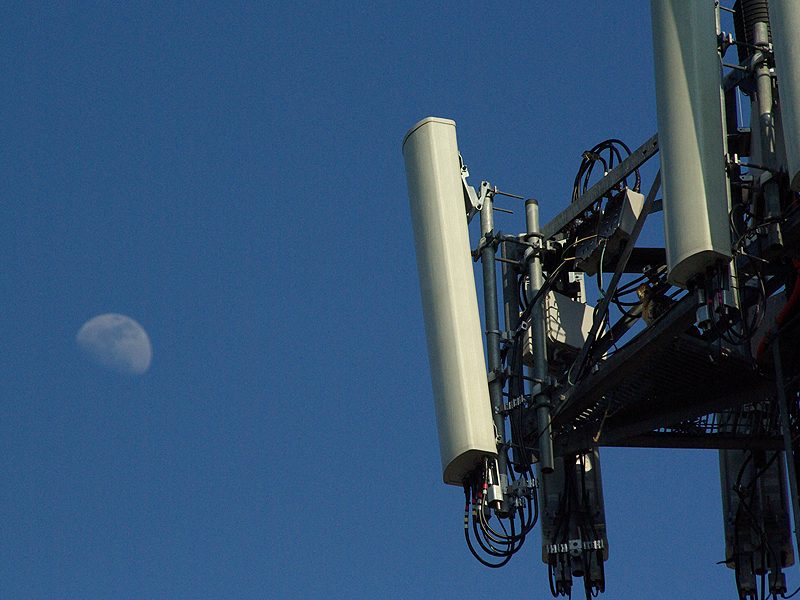
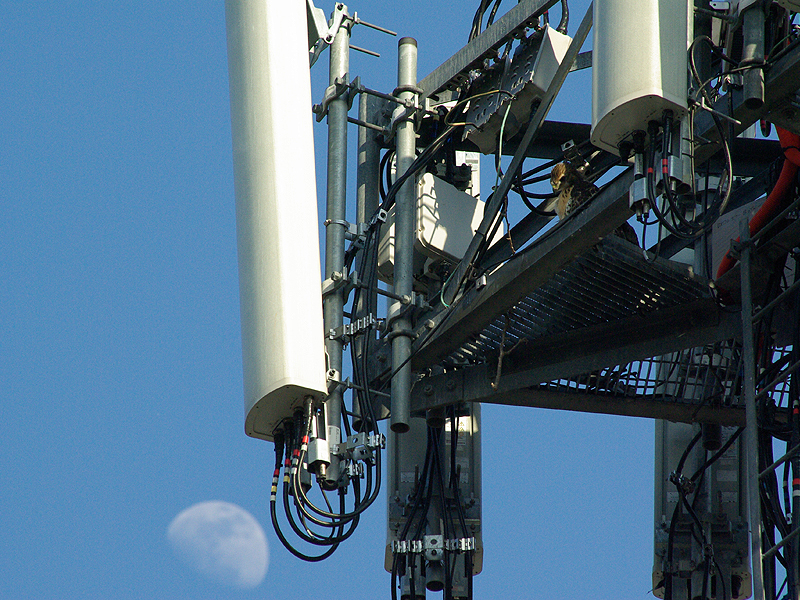
And that is just what I did. I waited. And waited. The moon moved quite some distance through the sky while I waited. Meanwhile, dusk began to set in, and it got darker and darker.
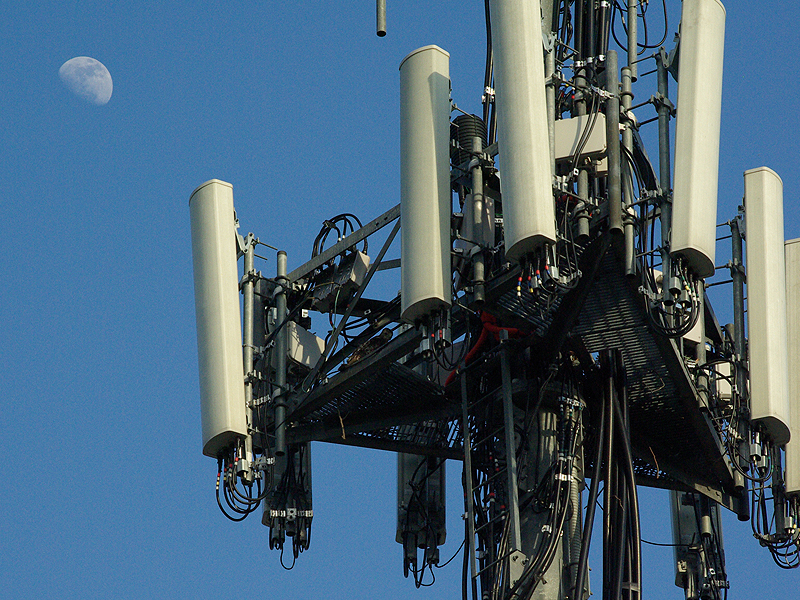

Then, just as I was about to give up and call it a night, the big female came zooming in from the west. The smaller male was right behind her, and he was carrying some kind of prey item with him!
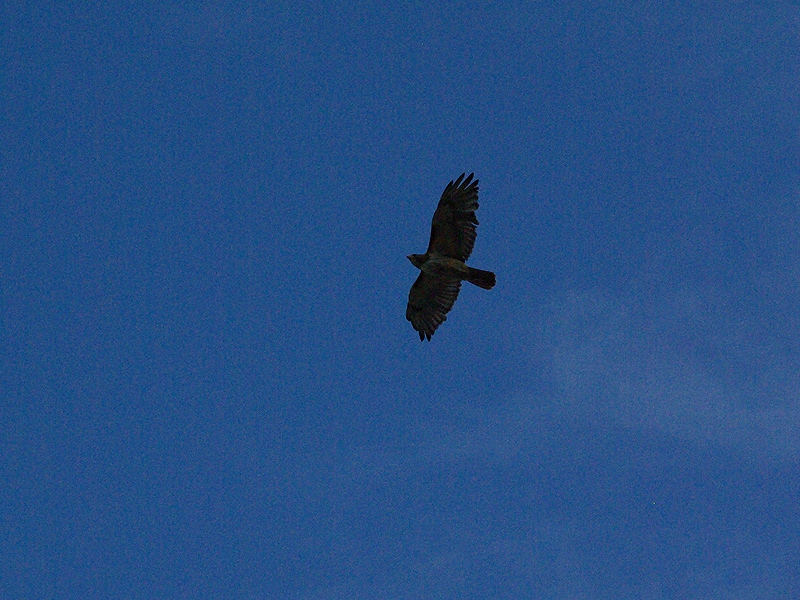

They both landed on the antenna tower, but they did not feed the chick. Instead, and to my surprise, the female confronted the male and took the prey item from him.
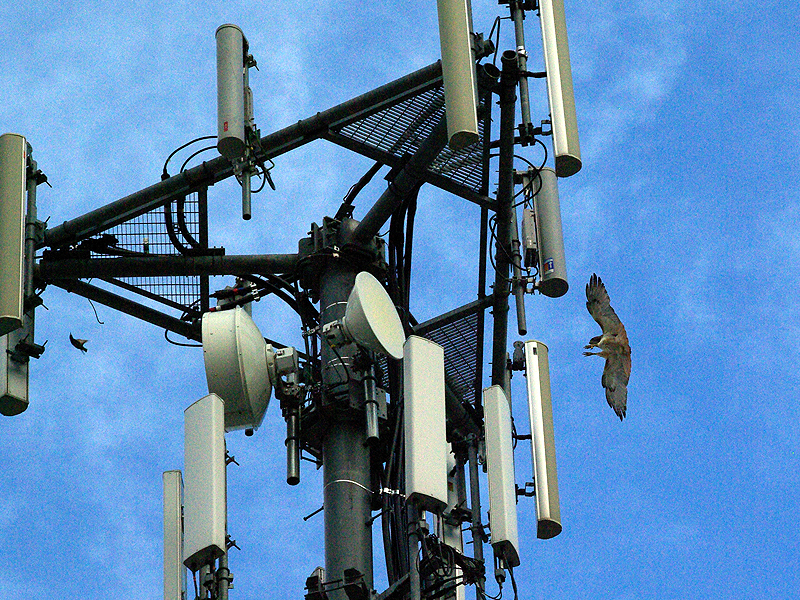
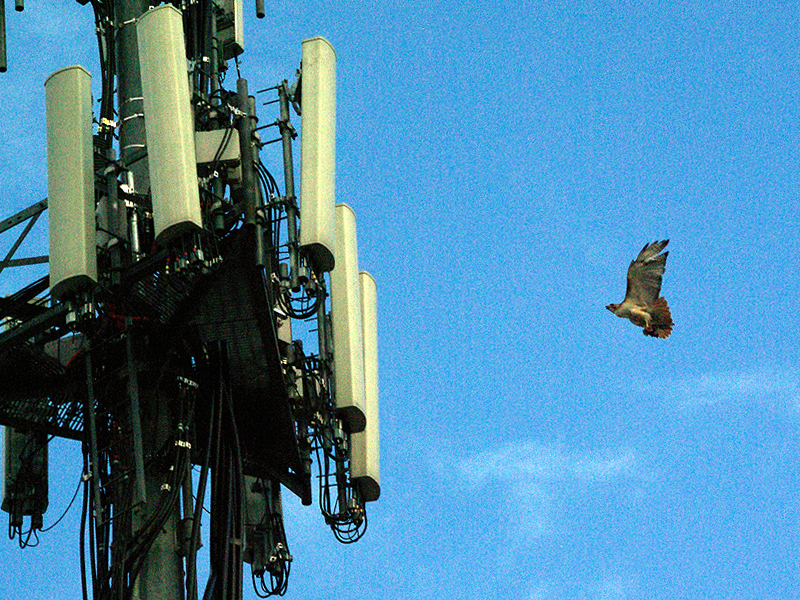
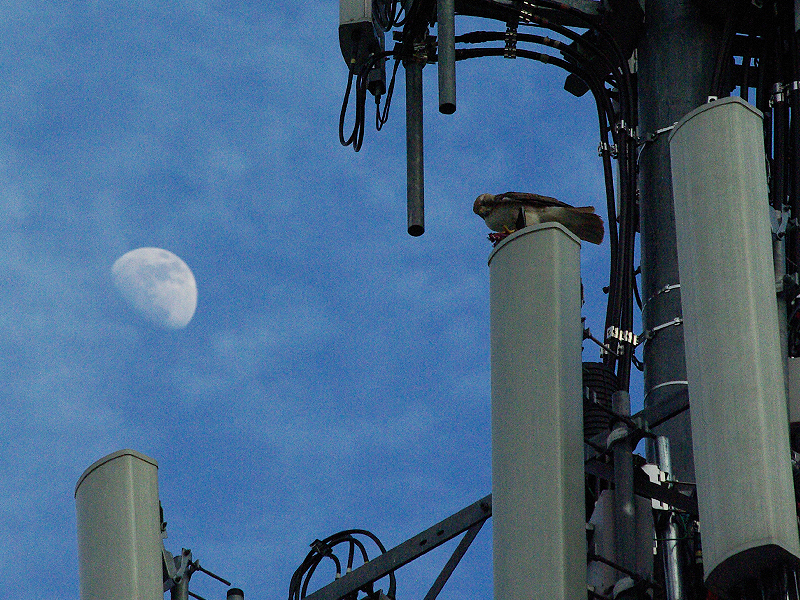
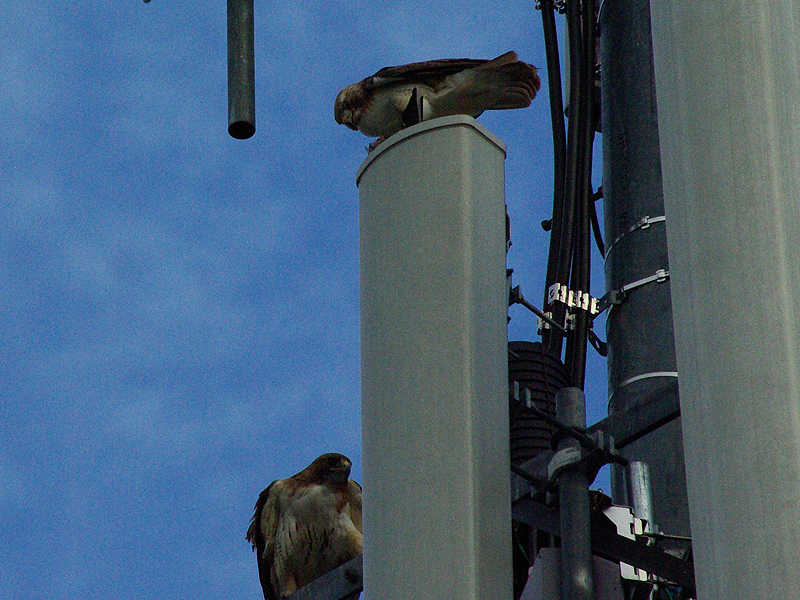
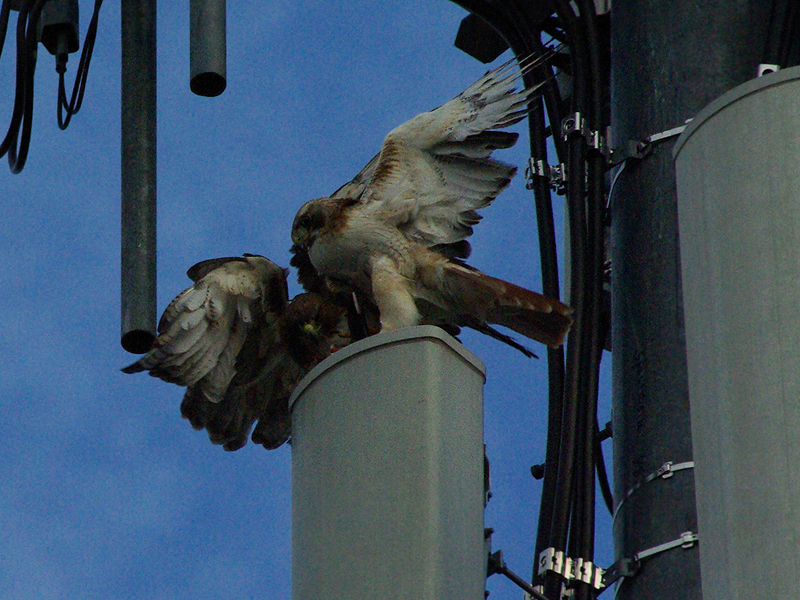



The female then flew down to one of the parking lot lights and began to feast on her stolen prize. But, karma took over from here, and the female did not get to eat in peace. Almost immediately she drew the unwanted attention of Northern Mockingbirds and Blue Jays.
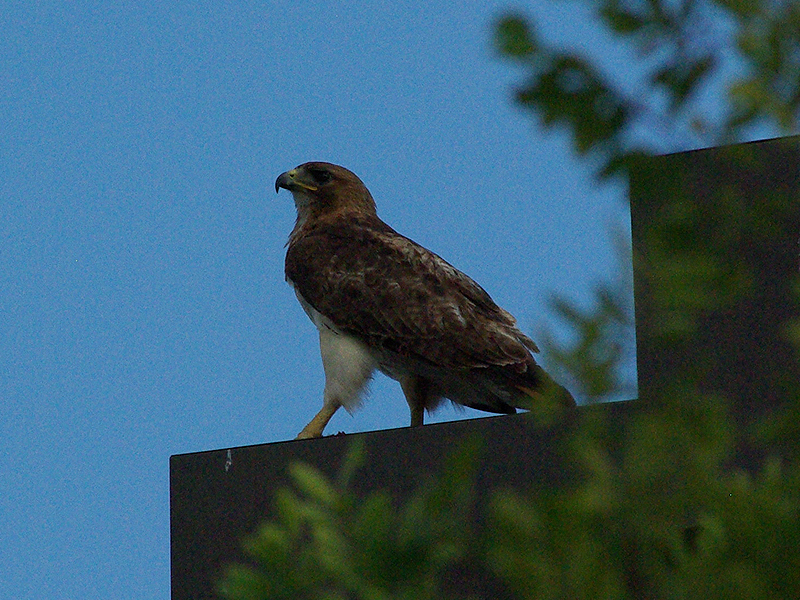
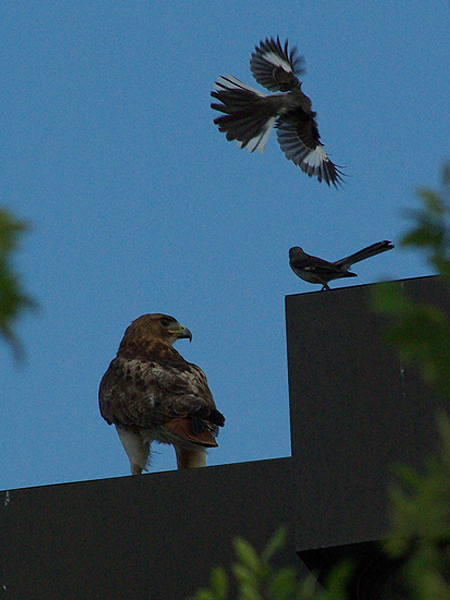
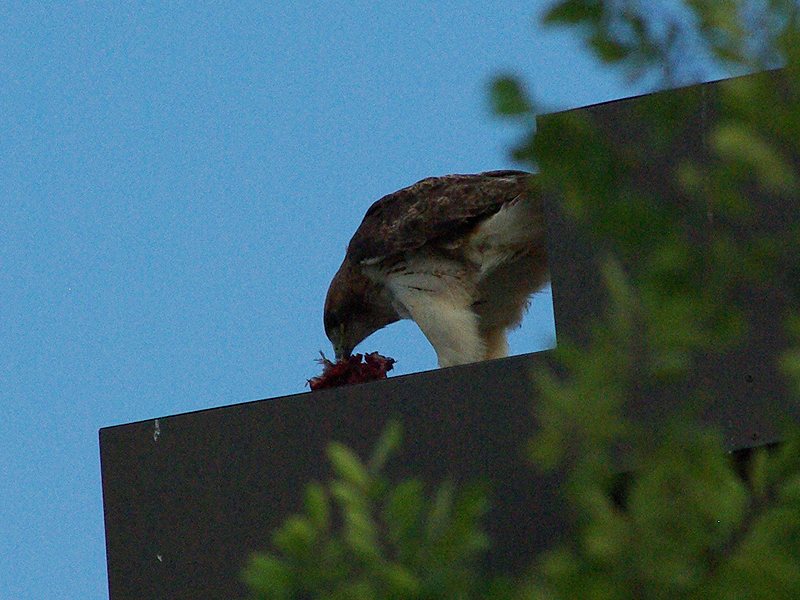
Several of these brazen, but small, birds mobbed our greedy female and attempted to drive her away. The small birds impacted her repeatedly, all the while making as much unpleasant noise as they could. It was quite a ruckus!
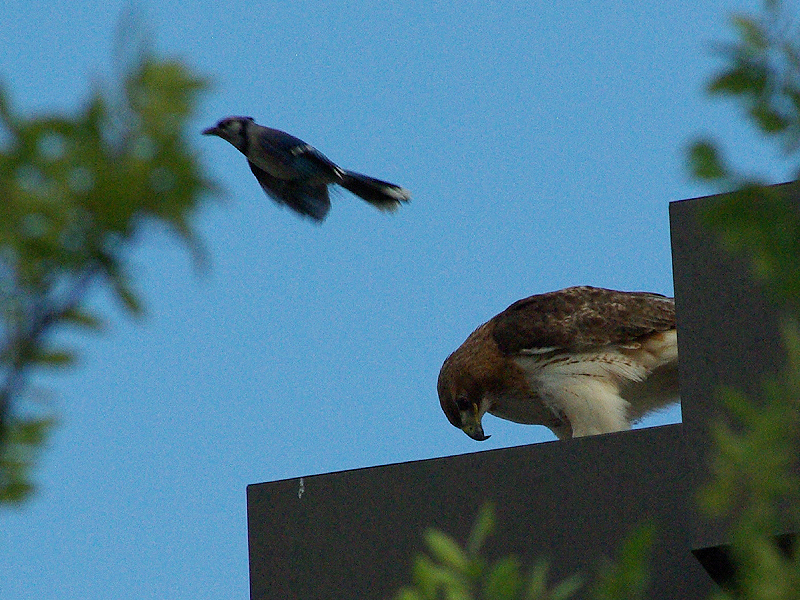
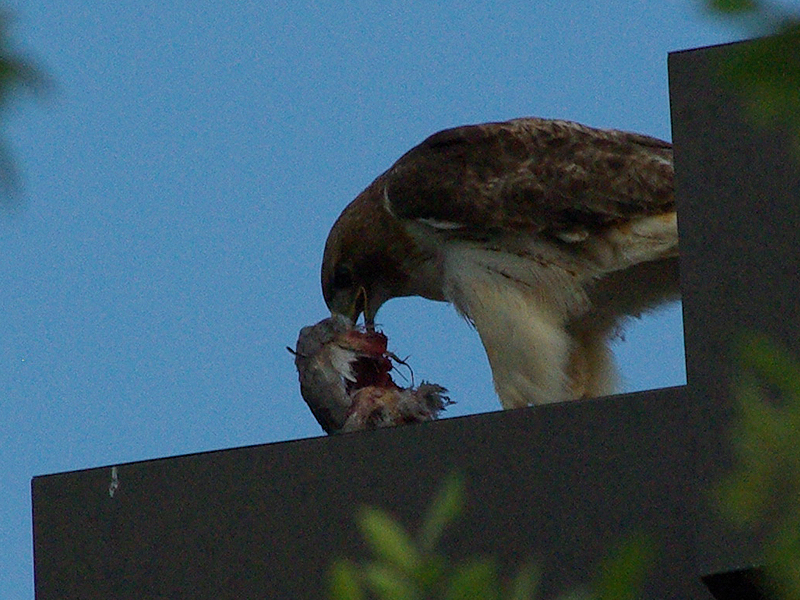
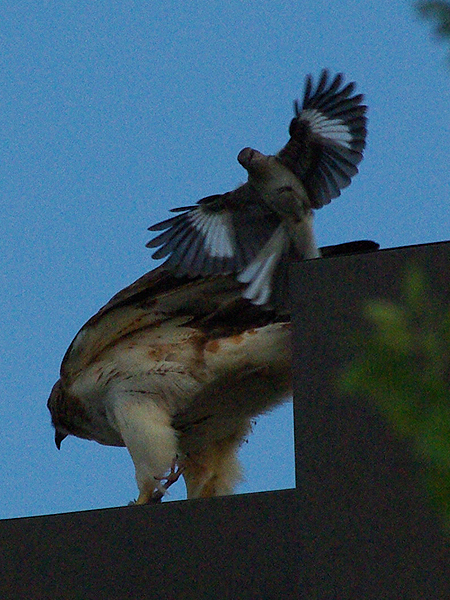
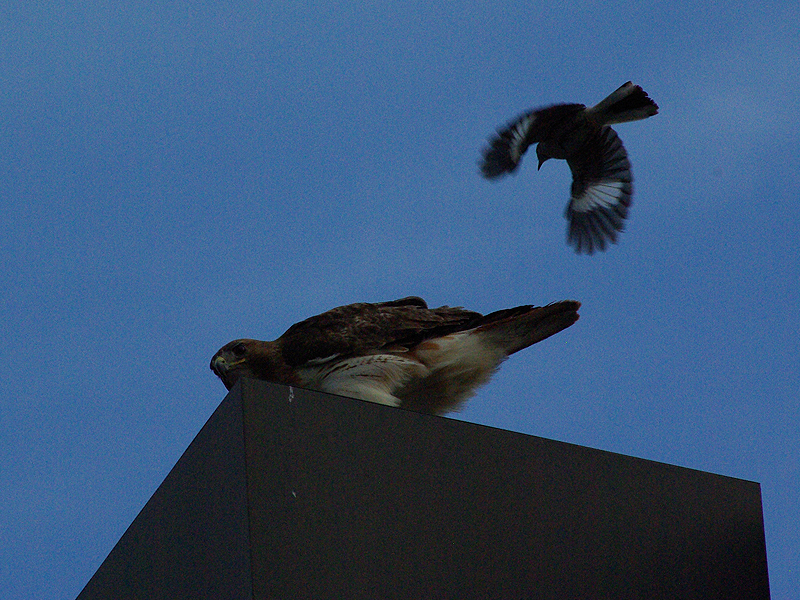

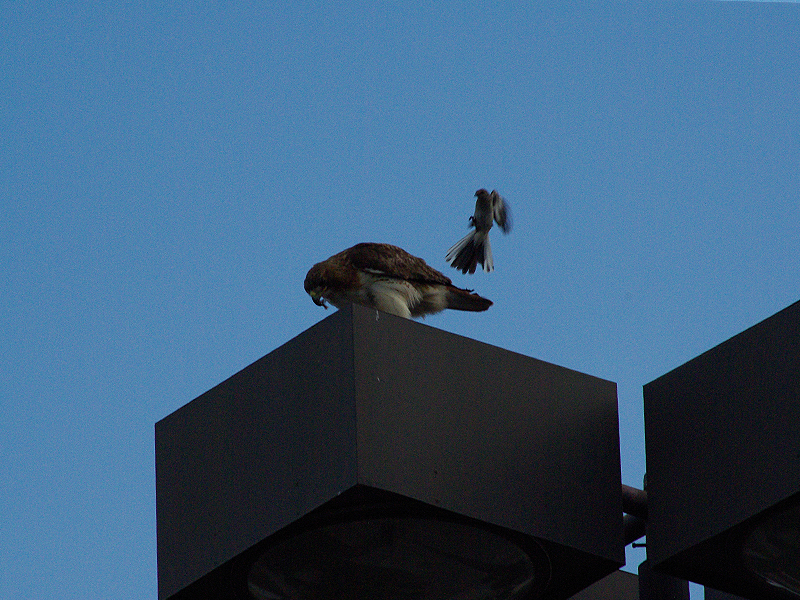
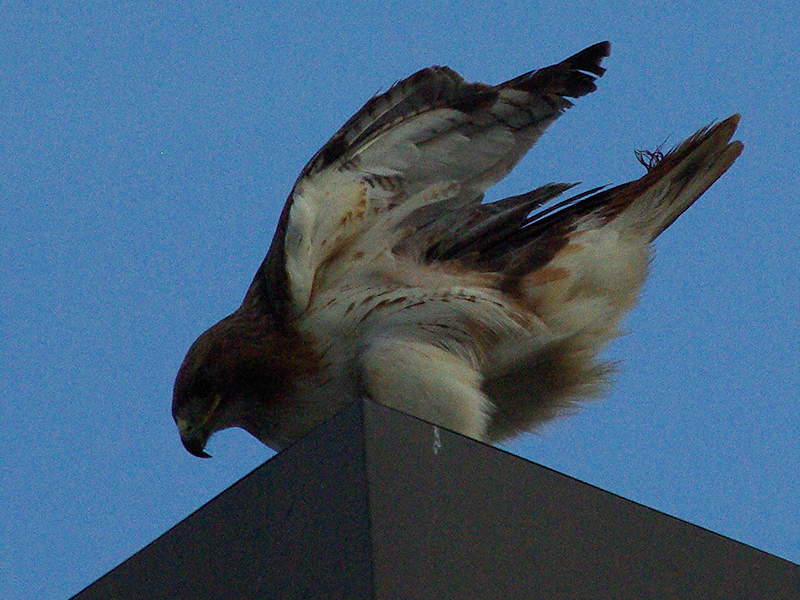
At one point, several American Crows flew in from the southwest. Crows are much larger birds than mockingbirds and jays, and mobbing hawks is their specialty. I thought for certain they would join the fray. But, they did not. In the end, the female hawk out waited her antagonizers and was able to finish her meal undisturbed.

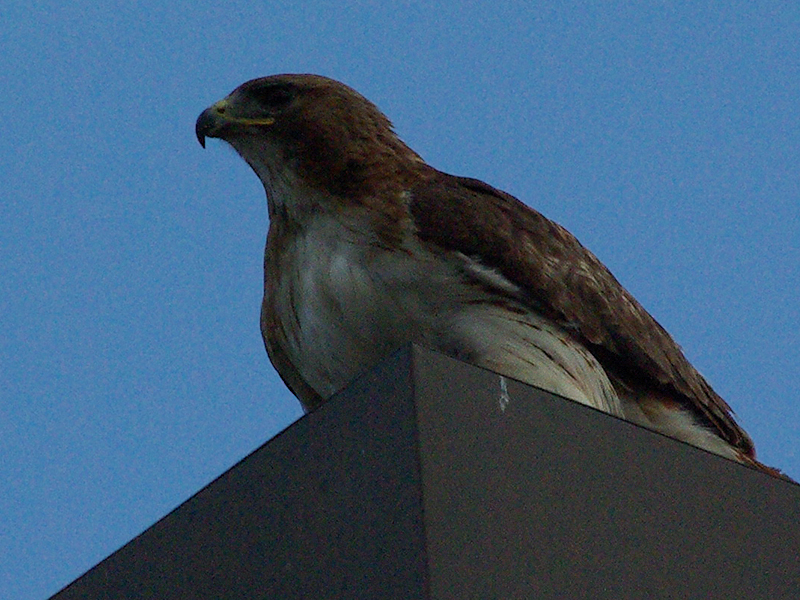
The final surprise of the evening came just as I was about to leave. Another type of hawk—a US Air Force B-52 Stratofortress—flew by high overhead trailing long contrails behind it! Quite a sight!

This observation is continued here: Red-tailed Hawk – Nest Update, The Last


